Mobile Learning: Use of the Tablet and Smartphone in the Classroom
Introduction to Mobile Learning in Education
What is Mobile Learning?
Mobile Learning, or mobile learning, refers to the use of mobile devices such as tablets and smartphones to facilitate the educational process. This methodology takes advantage of the portability and accessibility of these devices to promote learning at any time and place, allowing students to access educational content dynamically.
Importance of mobile technology in current education
The incorporation of mobile technology in the educational field is a growing trend. These devices not only offer flexibility in learning, but also promote customization and interactivity, key aspects for 21st century education. The use of tablets and smartphones in the classroom allows educators to implement active methodologies, such as project -based learning or gamification, more effectively.
Benefits of the use of tablets and smartphones in the classroom
Flexibility and accessibility of learning
One of the greatest benefits of Mobile Learning is the flexibility it offers to students. With mobile devices, the educational content is accessible at any time, which facilitates self -directed learning and adapting the study rhythm to the individual needs of students. In addition, it promotes equitable access to educational resources, especially in environments where not all students have personal computers.
Greater interaction and student participation
Mobile devices allow greater interaction in the classroom thanks to tools such as participation applications, real -time surveys and gamification platforms. These tools facilitate that students are actively involved in the learning process, since they can ask questions, collaborate in group activities and receive immediate feedback from their teachers.
Personalization of learning according to student needs
The Mobile Learning allows to customize the educational content according to the individual needs of each student. Educational applications and learning platforms offer options to adjust content, difficulty and rhythm, facilitating a more personalized learning experience. This is particularly useful in classrooms with students who have different levels of skill or special educational needs.
Mobile Learning implementation in classrooms
Strategies to integrate mobile devices into teaching
To effectively integrate tablets and smartphones in the classroom, teachers must adopt well structured strategies. These include the planning of interactive activities that take advantage of mobile applications, the use of social networks to promote academic debate and the assignment of tasks that involve the creation of digital content. These strategies ensure that the use of mobile technology is aligned with educational objectives and does not become a distraction.
Tablets and smartphones applications for teaching
Educational applications to create interactive content
Tablets and smartphones allow teachers to access a wide range of educational applications that facilitate the creation of interactive content. Applications such as Kohoot, Alhats or Sociable allow to generate questionnaires and educational games, which keeps students motivated and committed. These tools not only improve information retention, but also make learning more entertaining.
Use of collaborative tools to improve communication
Mobile devices offer the possibility of using collaborative applications such as Google Classroom, Microsoft Teams or Padlet, which allow students and teachers to interact and work together efficiently. These platforms encourage group work, since students can share documents, ideas and resources in real time, facilitating cooperative learning inside and outside the classroom.
Evaluation and monitoring of student progress through apps
A key advantage of the Mobile Learning is the ability to carry out continuous monitoring of students' progress through specific applications. Tools such as Google Forms, Edmodo or Classdojo allow teachers to evaluate the performance of their students in real time and provide immediate feedback. These applications also offer detailed reports on the areas in which students need to improve, which helps customize educational support.

Challenges and solutions for the use of mobile devices in the classroom
Common problems: distraction and time management
Despite its benefits, the use of mobile devices in the classroom can present challenges, such as students' distraction. Access to social networks, games and other non -educational applications can divert the attention of tasks. In addition, time management can become a problem if students do not know how to balance the use of the device with the academic work rate.
Practical solutions to maximize the educational use of devices
To avoid distractions, teachers can use device control applications that limit access to certain content during class hours. In addition, it is essential to establish clear rules on the use of devices and promote a culture of digital responsibility. Other solutions include the integration of time management techniques, such as the Pomodoro method, to help students concentrate on their academic tasks while using their tablets or smartphones.
Examples of good practices in Mobile Learning
Success cases in the integration of tablets and smartphones
Many educational centers have already successfully implemented the use of tablets and smartphones in the classroom. For example, the Montserrat school in Barcelona has developed an educational system where each student uses their own mobile device to access class materials, perform tasks and collaborate in projects. This model has demonstrated significantly improve the academic performance and motivation of students.
Innovative educational models with mobile devices
Another example of innovation in the use of mobile devices is the concept of inverted classrooms (Flipped Classroom). In this model, students use their tablets and smartphones to access video and material lessons outside the classroom, dedicating time in class to more practical and collaborative activities. This approach allows students to assume a more active role in their learning and encourages a higher level of understanding and application of concepts.
Conclusion
Mobile Learning, through the use of tablets and smartphones, is transforming the way students interact with knowledge and how teachers can facilitate learning. The integration of these mobile technologies not only encourages greater flexibility and customization in teaching, but also improves the participation and commitment of students. As technology continues to progress, Mobile Learning will continue to play a crucial role in the modernization of the educational system, offering unlimited opportunities to innovate in the classroom.
Future of Mobile Learning in Education
The future of Mobile Learning seems promising, with an expected increase in the use of artificial intelligence and adaptive learning in mobile applications. These emerging technologies will allow greater customization of the content, adapting to the skills, interests and individual needs of the students. In addition, it is expected that the use of augmented and virtual reality through mobile devices will promote the creation of immersive learning environments that will further enrich the educational experience.
FAQS
1. What is Mobile Learning?
Mobile Learning, or mobile learning, refers to the use of mobile devices, such as smartphones and tablets, to facilitate access to educational content at any time and place.
2. How can Mobile Learning improve students' participation?
Interactive applications and collaborative tools allow students to get more involved in the learning process through games, real -time questionnaires and discussion forums.
3. What are the main challenges of using mobile devices in the classroom?
Some of the common challenges include distraction for access to non -educational applications and student time management when using their devices.
4. What strategies can you help implement Mobile Learning effectively?
Among effective strategies are the creation of interactive activities, the use of collaborative applications and the establishment of clear rules for the use of class devices.
5. What is the future of Mobile Learning?
The future of Mobile Learning will be marked by emerging technologies such as artificial intelligence, adaptive learning and augmented reality, which will allow an even more personalized and immersive learning experience.
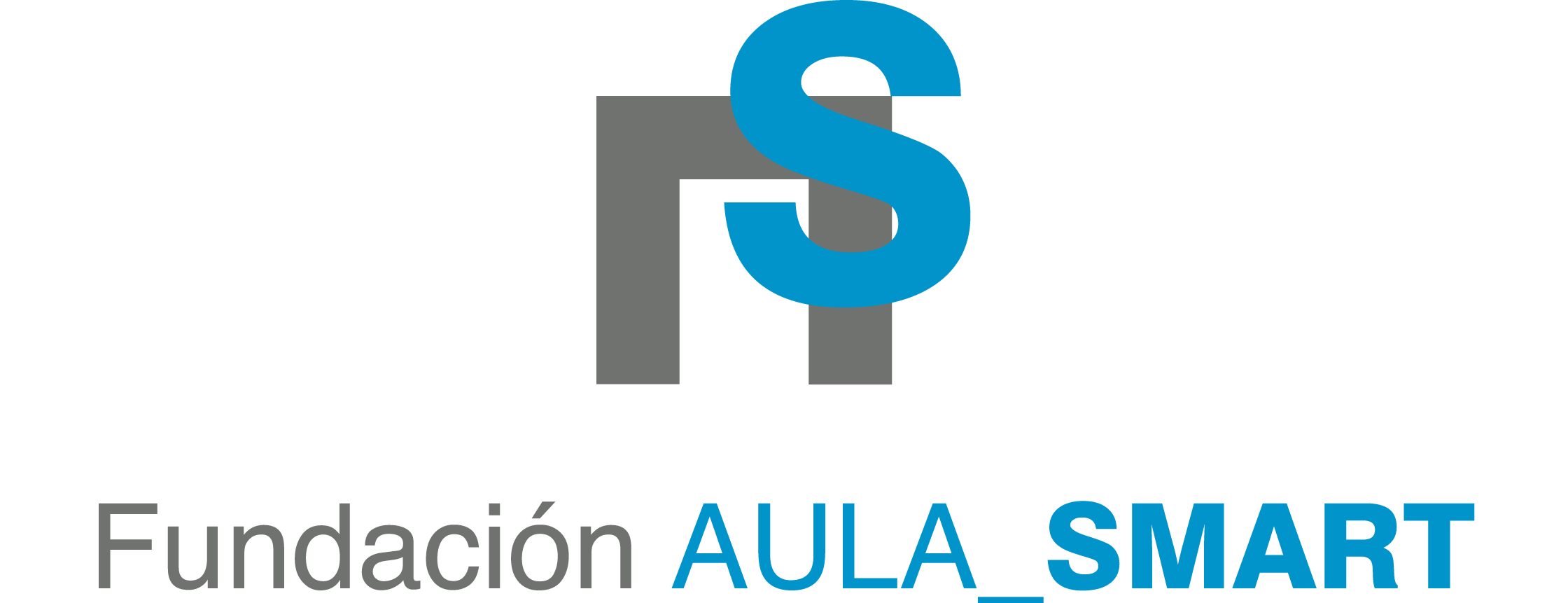


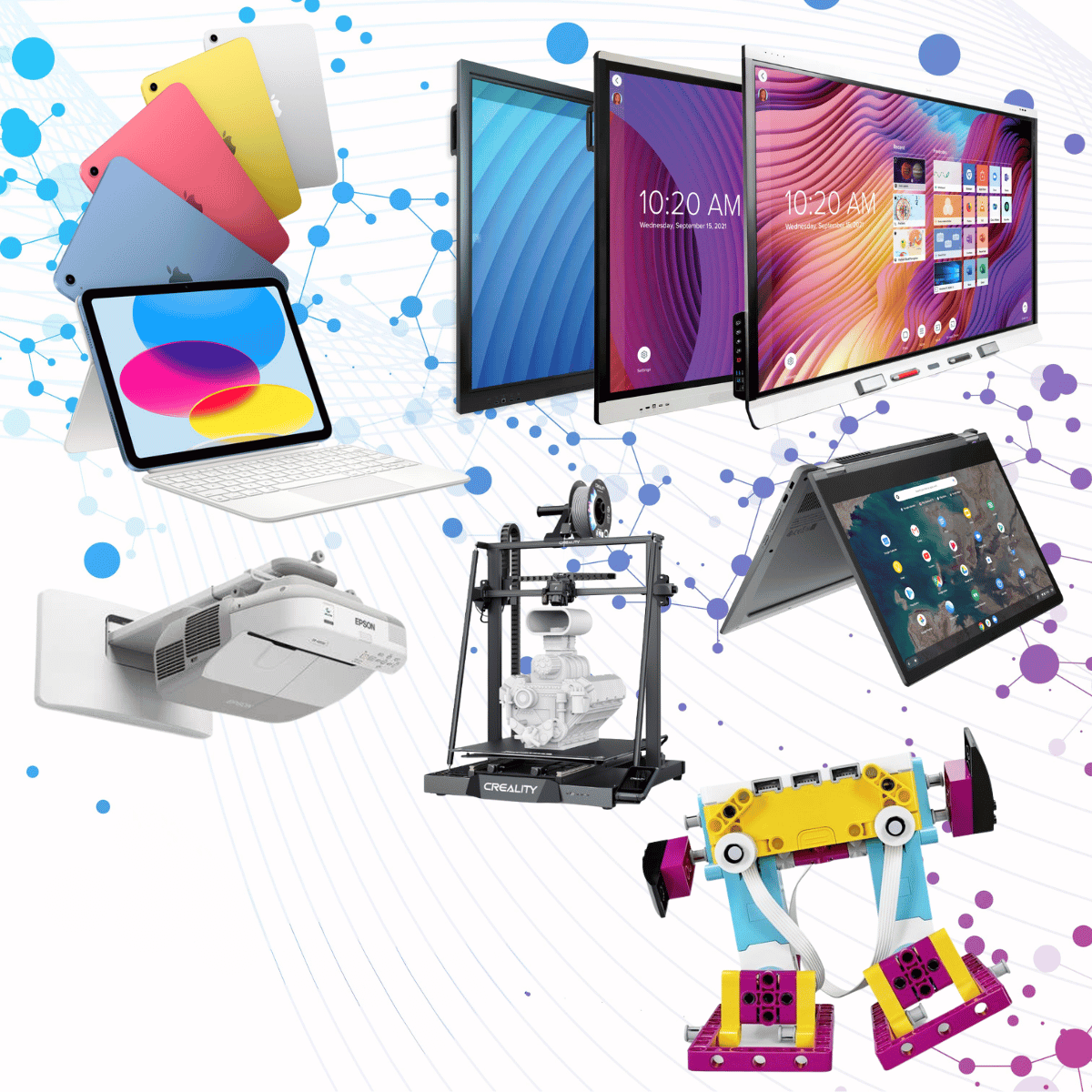

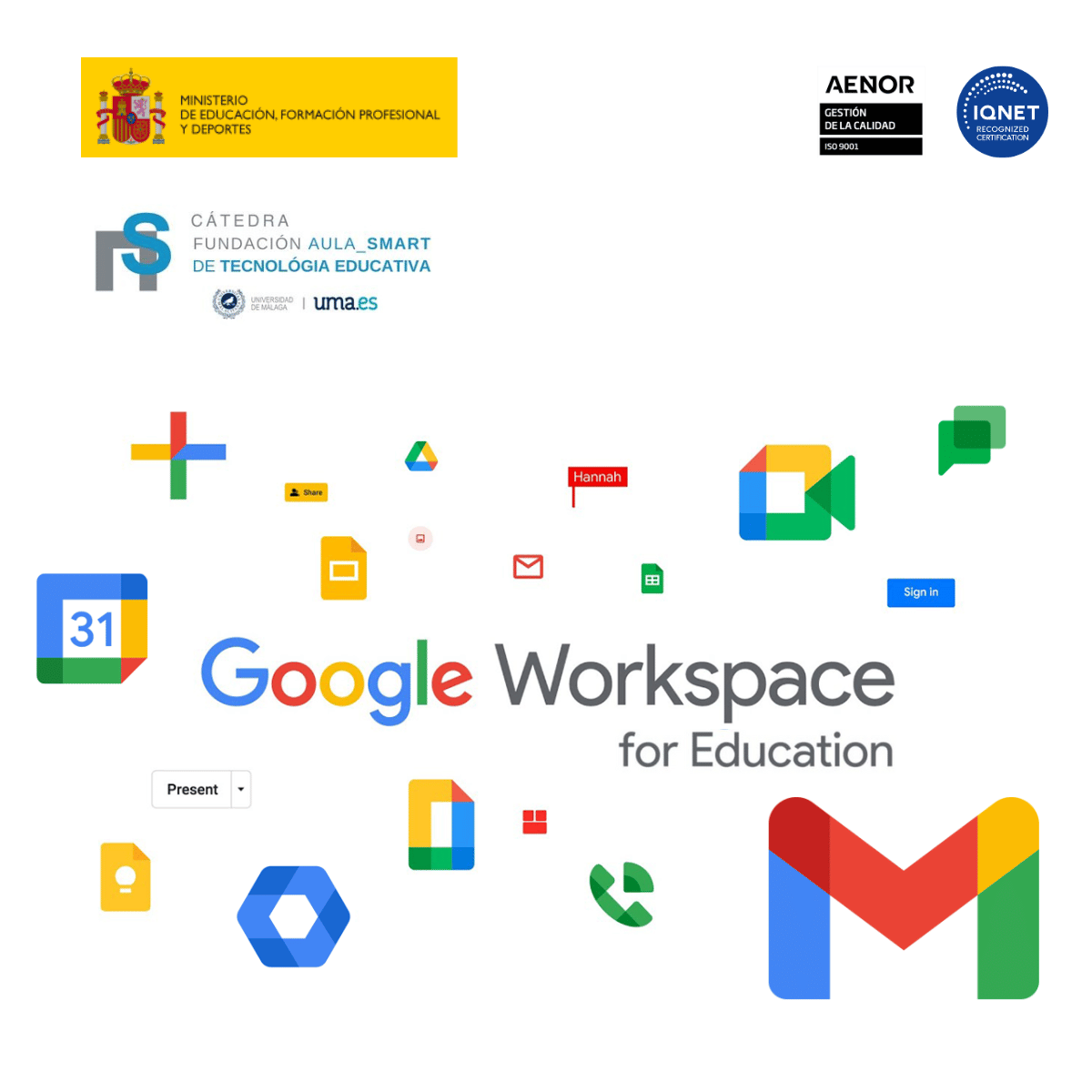
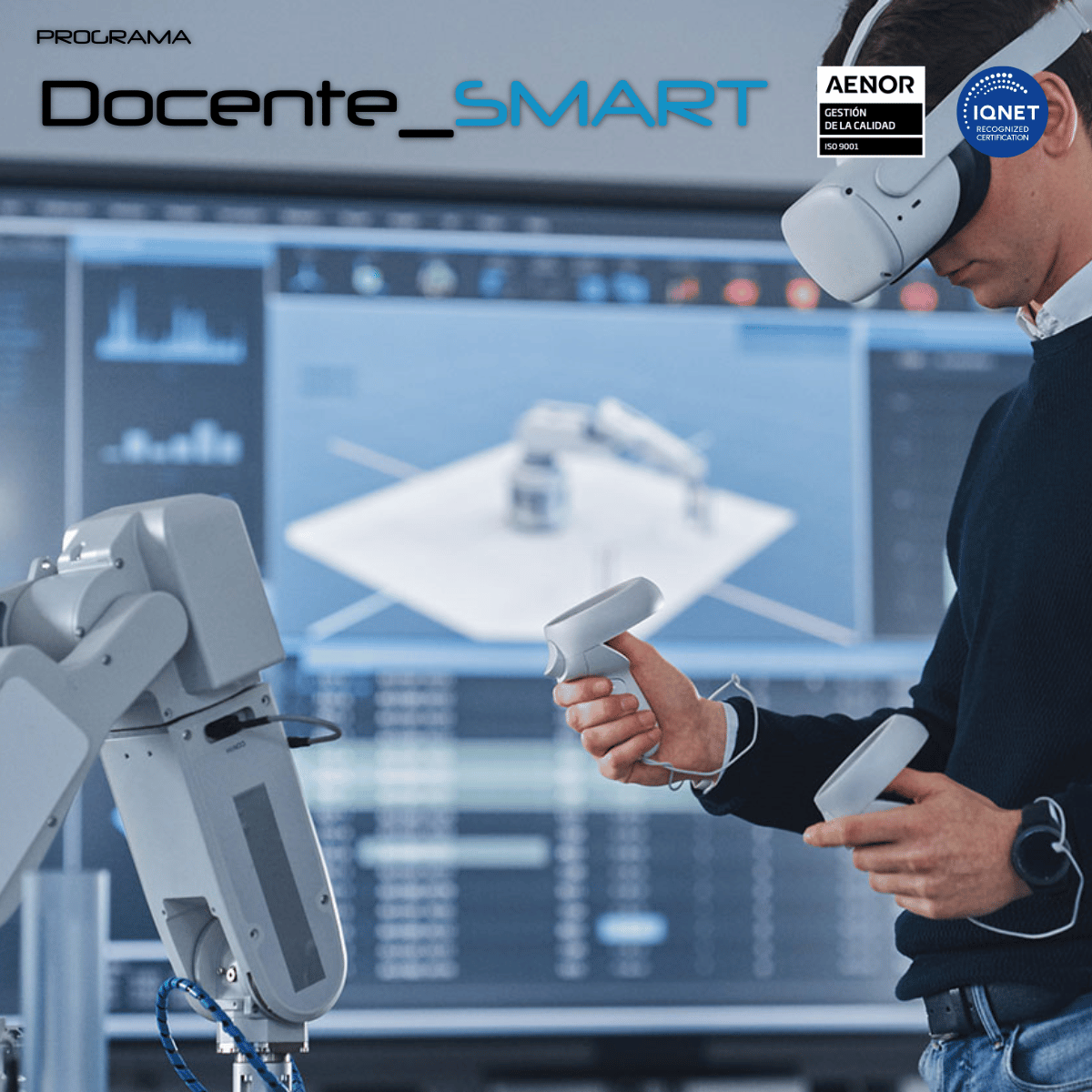


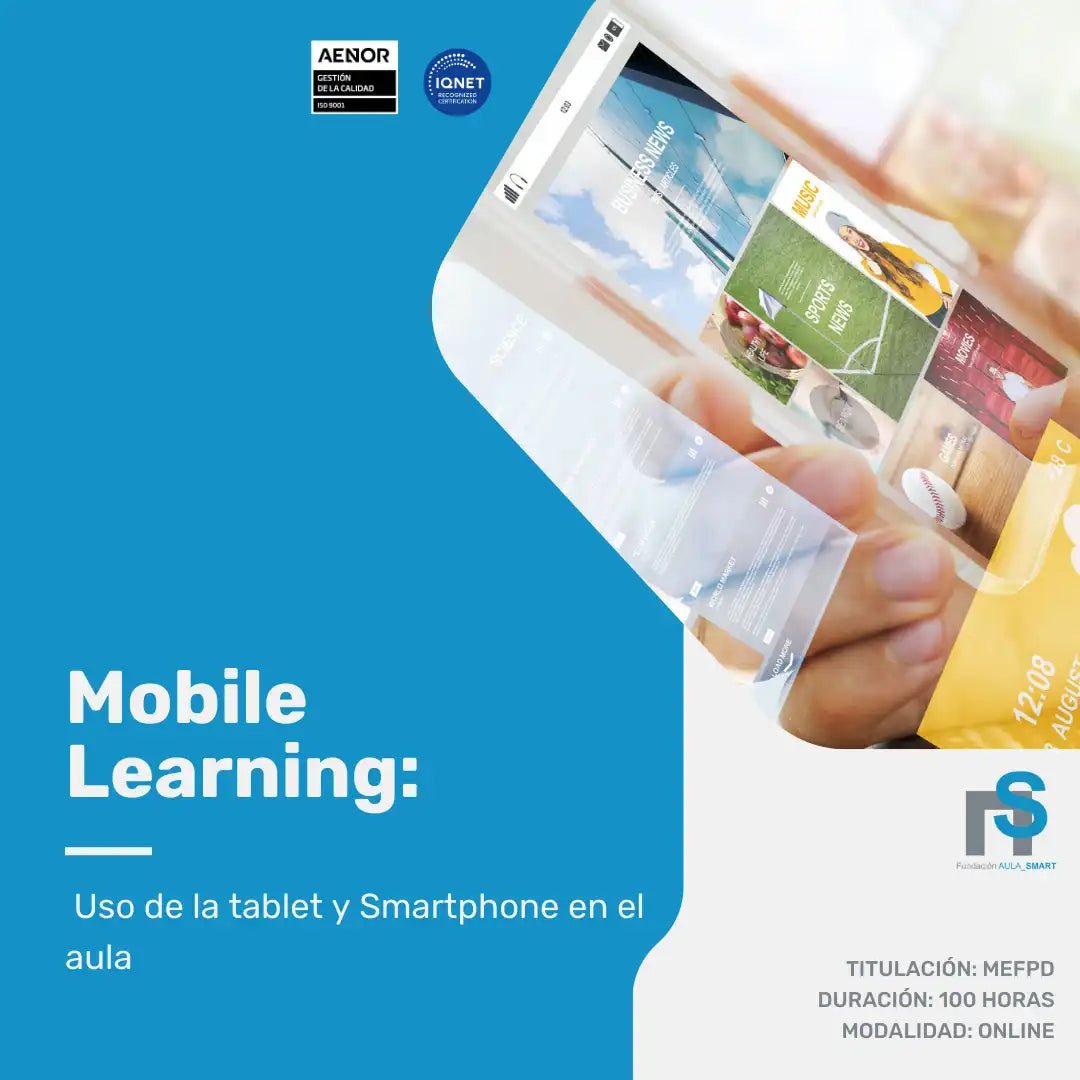


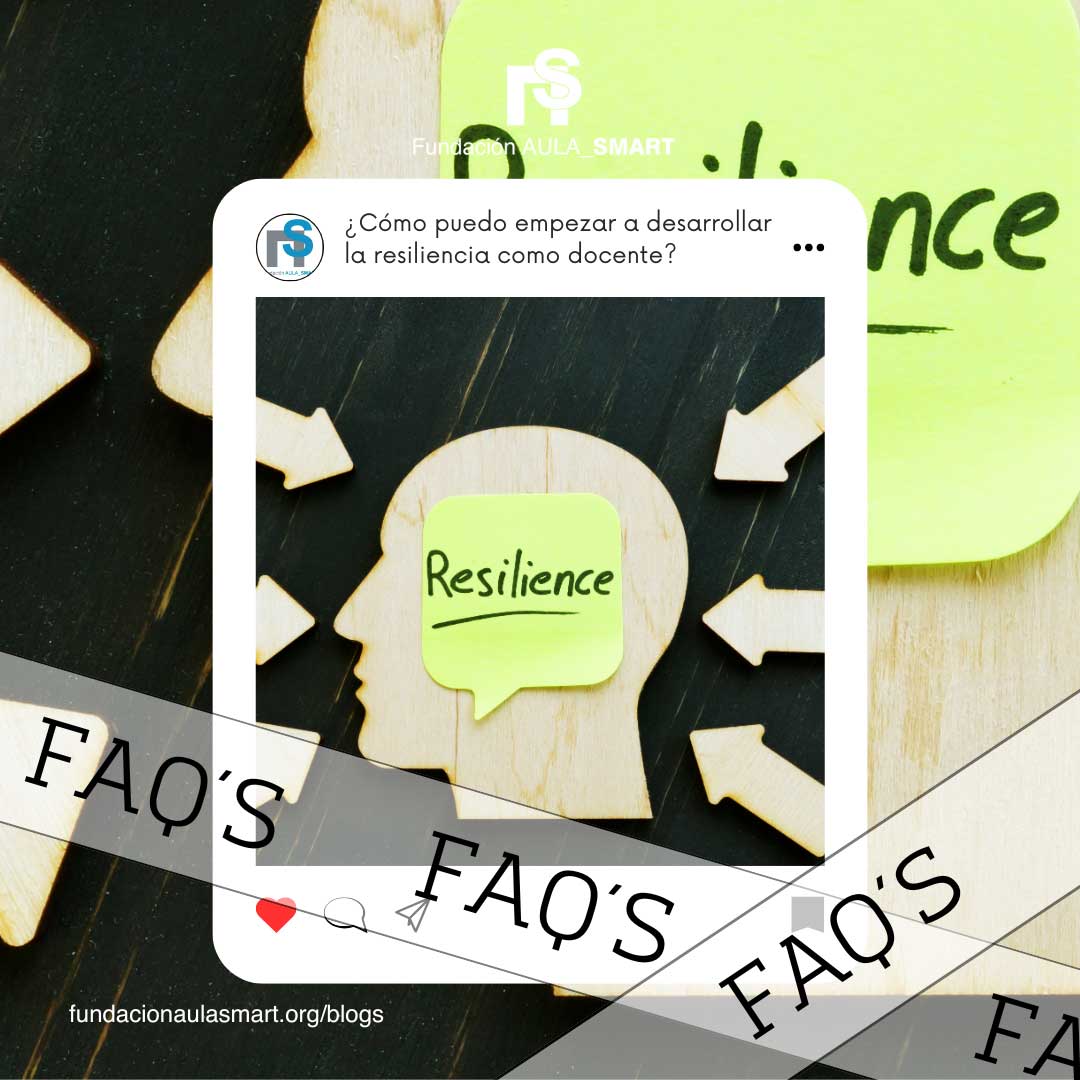
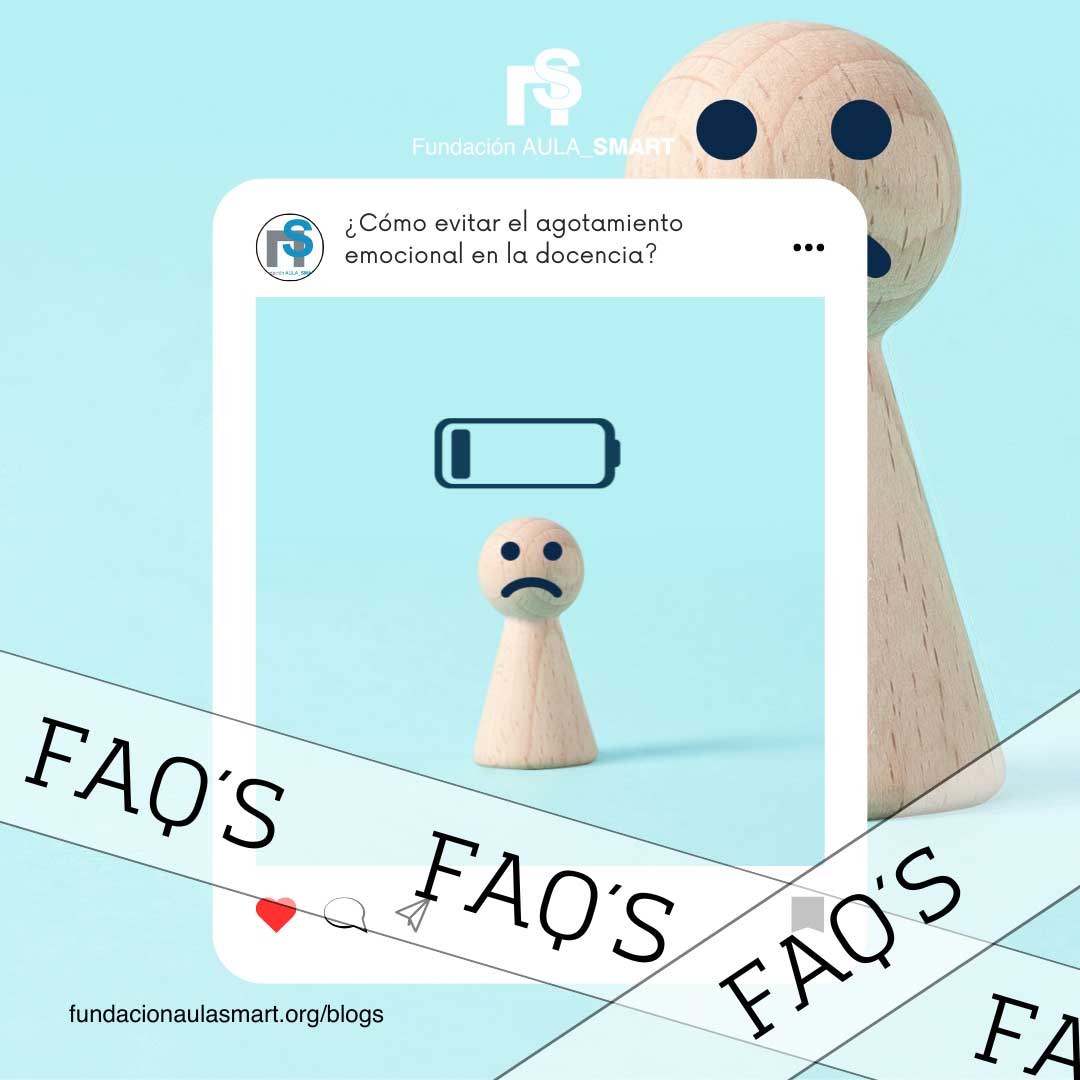

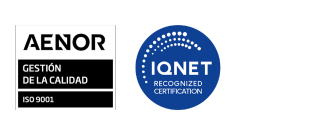



Leave a comment
All comments are moderated before being published.
This site is protected by hCaptcha and the hCaptcha Privacy Policy and Terms of Service apply.